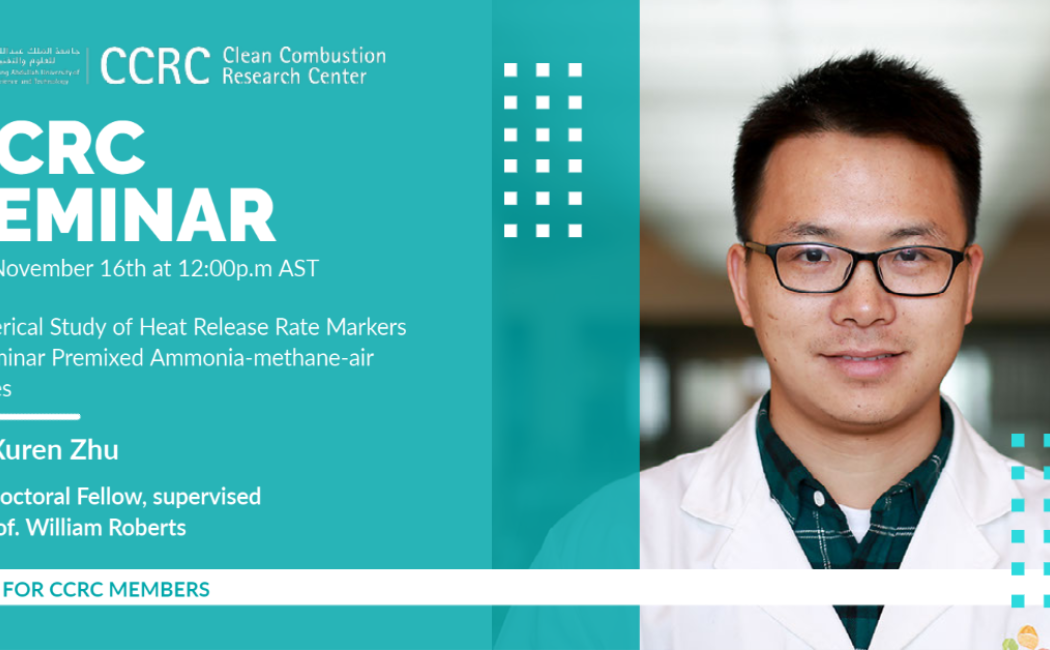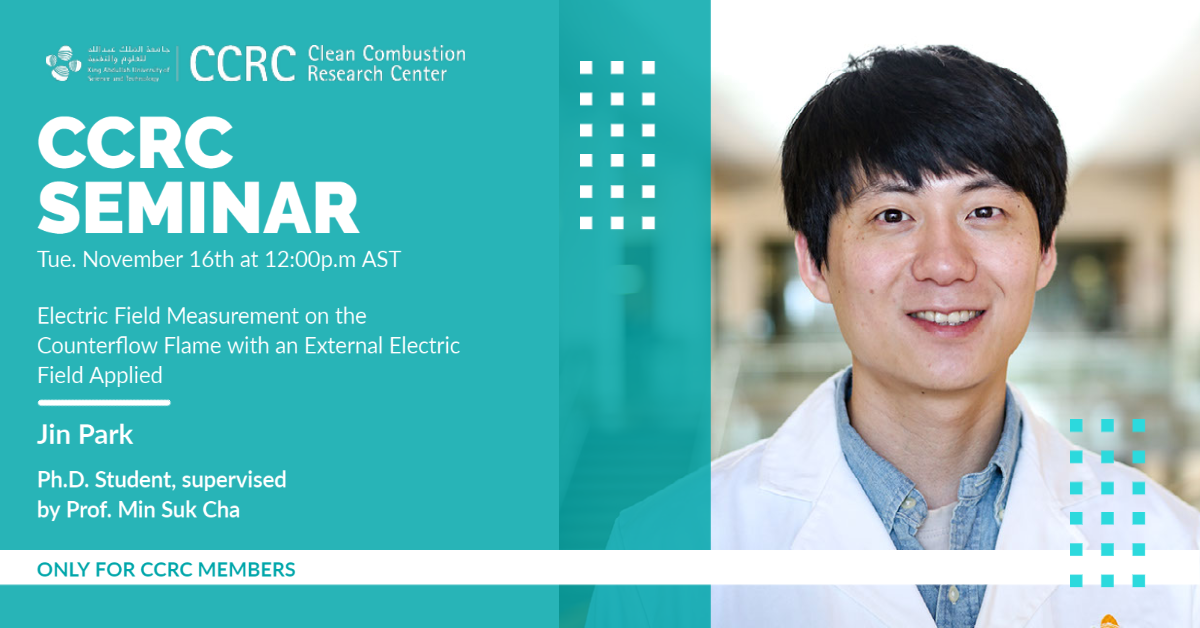


The talks are on:
Numerical Study of Heat Release Rate Markers in Laminar Premixed Ammonia-methane-air Flames

Abstract: Ammonia has the potential of being a future fuel for carbon-free combustion to reduce greenhouse gases (GHG) emission. The heat release rate (HRR) information of ammonia flames is desired if the ammonia fuel is applied in real combustion devices, but direct measurement of HRR is almost impossible. In the present work, the HRR markers of ammonia-methane-air flames were investigated through the simulation of one-dimensional freely propagating flames (FPF) with a validated chemistry mechanism. Various HRR markers were proposed. The performance of the target HRR markers was tested with the defined criteria. It was found that the profiles of NH and HCO agree well with the HRR profiles, but only NH is a suitable HRR marker because the mole fraction of HCO could be too low for laser induced fluorescence (LIF) measurement. The products of two species, such as [OH][CH2O] and [NO][NH2], were then proposed to circumvent the low mole fraction issues. Product [OH][CH2O], which was usually used as HRR marker in hydrocarbon flames, was found to have the best performance in identifying the HRR location and be the only one that has a positive correlation with the amount of HRR among the proposed products. Moreover, the performance of [OH][CH2O] is valid over a wide range of conditions, including the very high ammonia fuel fraction (XNH3 = 95%), without suffering from the low mole fraction issues. The present findings provide a meaningful reference for future indirect measurement of HRR in ammonia-methane-air flames.
Bio: Xuren Zhu received his Ph.D. in Mechanical Engineering from the Hong Kong Polytechnic University in 2019. He then joined Prof. William Roberts’ group as a postdoctoral researcher. His research interest is in pressure gain combustion, ammonia and formic acid combustion in swirling flows.His research work is to understand the stability and emission and other foundamentals of the flames fueled with the potential hydrogen carriers, and to verify and promote the pressure gain and emission performances of a novel pressure gain combustor for application in gas turbine engines.

Abstract: The DC electric field applied on the flame exerts Lorentz force on
positive ions, electrons, and negatives generated in the flame thereby
generating ionic wind. The ions redistributed by the ionic wind form a space
charge which locally amplify or shield the applied electric field. By measuring
the electric field profile, we can find out the redistribution of ions and
understand their basic characteristics. To measure the electric field, we
introduced one of the laser diagnostic techniques, Electric field induced
second harmonic generation (E-FISH) to the nonpremixed counterflow flame.
E-FISH is widely used as a method for measuring electric fields intensity in
gas medium such as plasma and gas discharges. However, there are several
limitations in applying the typical E-FISH measurement method to flames. Thus,
we have proposed methods to solve these challenges in this study.
Bio: Jin Park obtained his BS and MS degree in Mechanical Engineering at Chungnam National University (South Korea). He joined the Plasma Assisted Combustion Laboratory at CCRC in 2019 as a PhD student. His current research focuses on the fundamental characteristics of plasma at atmospheric pressure and its formation mechanism. He is also interested in fuel reforming using plasma, laser diagnostics technics, and chemi-ionization mechanisms.